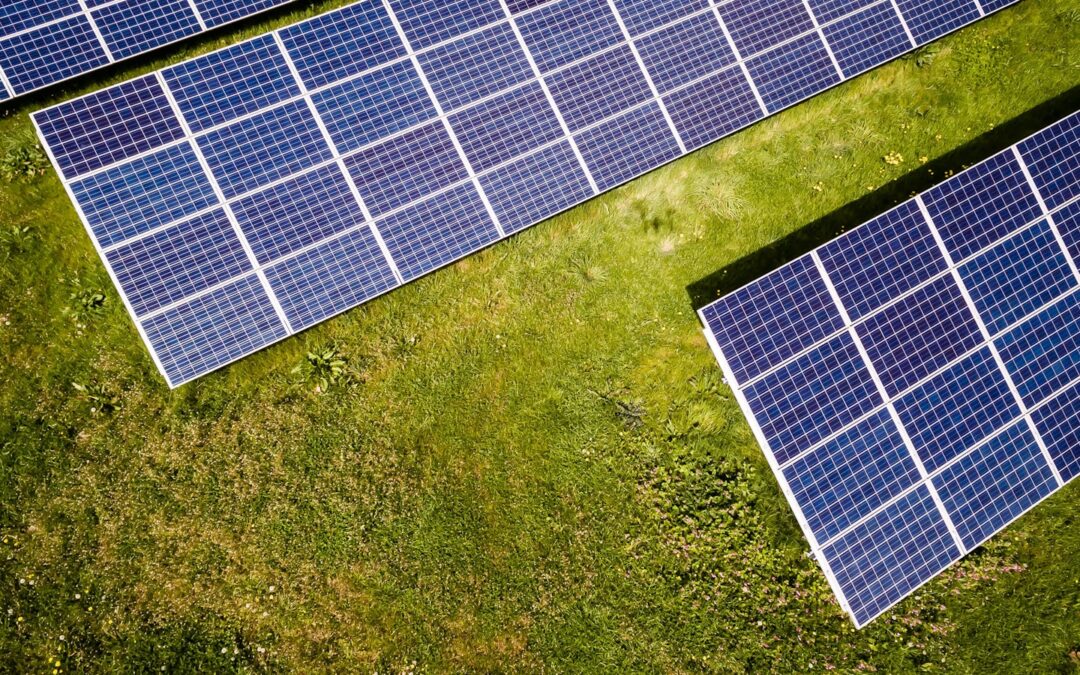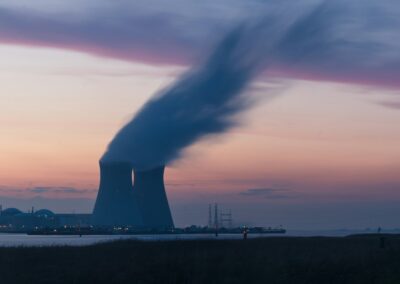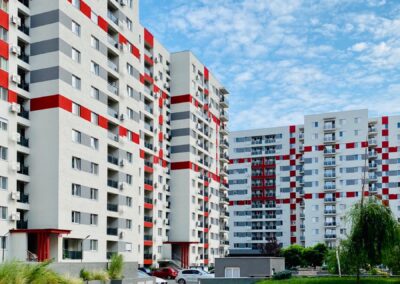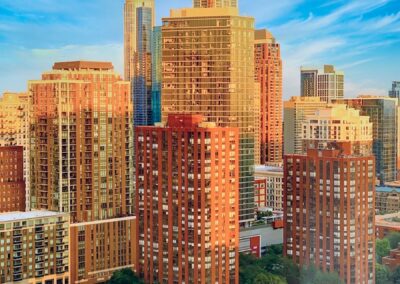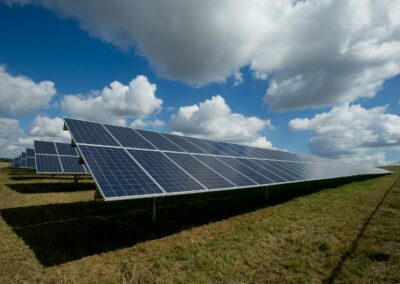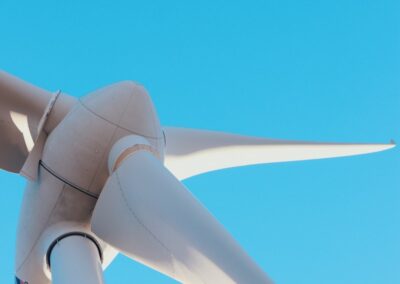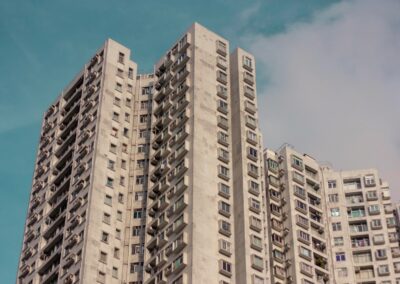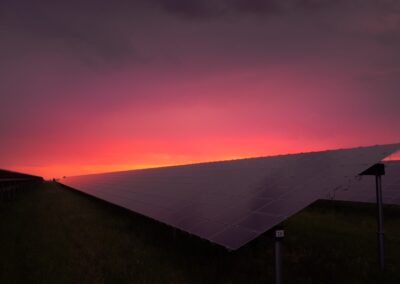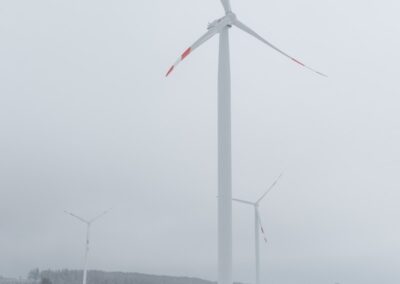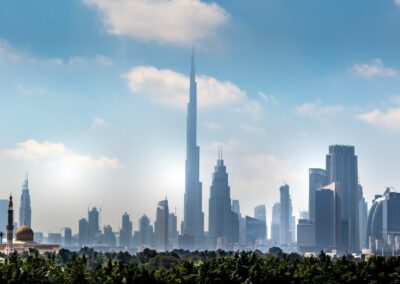The Role of Energy-Efficient High-Rise Buildings in Climate Change Mitigation
Understanding the Impact of High-Rise Buildings on Greenhouse Gas Emissions
The integration of energy-efficient high-rise buildings into urban landscapes is a critical component of modern urban planning aimed at reducing greenhouse gas emissions and mitigating the impacts of climate change. As cities like Riyadh and Dubai continue to grow, the need for sustainable building practices becomes increasingly important. High-rise buildings, which are essential in densely populated urban areas, offer a significant opportunity to improve energy efficiency and reduce the carbon footprint of cities.
High-rise buildings contribute substantially to greenhouse gas emissions through their energy consumption for heating, cooling, lighting, and other operational needs. Traditional construction methods and materials can exacerbate these emissions, making it imperative to adopt energy-efficient technologies and sustainable practices. In Riyadh and Dubai, where rapid urbanization is underway, incorporating energy-efficient designs in high-rise buildings is crucial for achieving environmental sustainability goals.
By implementing energy-efficient technologies, high-rise buildings can significantly reduce their energy consumption and greenhouse gas emissions. This involves using advanced materials, energy-efficient HVAC systems, and renewable energy sources. These measures not only reduce the environmental impact of buildings but also lower operational costs, making them economically beneficial in the long term. As a result, energy-efficient high-rise buildings play a vital role in creating sustainable and resilient urban environments.
Innovative Technologies for Energy Efficiency
Several innovative technologies are transforming the construction and operation of high-rise buildings, enhancing their energy efficiency. One such technology is the use of smart building systems, which optimize energy consumption through automated controls and real-time monitoring. These systems can adjust lighting, heating, and cooling based on occupancy and external conditions, ensuring that energy is used efficiently.
In Dubai, the Burj Khalifa employs advanced energy-efficient systems that include smart lighting and HVAC controls, as well as high-performance insulation materials. These technologies help reduce the building’s energy consumption, contributing to the city’s sustainability efforts. Similarly, Riyadh’s King Abdullah Financial District features several buildings that incorporate smart building technologies, showcasing Saudi Arabia’s commitment to sustainable urban development.
Another innovative approach is the integration of renewable energy sources, such as solar panels and wind turbines, into high-rise buildings. These renewable energy systems can supply a significant portion of a building’s energy needs, reducing reliance on fossil fuels. In regions with abundant sunlight, like the UAE and Saudi Arabia, solar panels are particularly effective. For example, the Dubai International Finance Centre (DIFC) has installed solar panels on its rooftops, generating clean energy and reducing greenhouse gas emissions.
Benefits of Energy-Efficient High-Rise Buildings
Economic and Environmental Advantages
Energy-efficient high-rise buildings offer numerous economic and environmental benefits. By reducing energy consumption, these buildings lower operational costs, providing financial savings for owners and tenants. Additionally, energy-efficient buildings often have higher property values and attract environmentally conscious tenants, enhancing their marketability.
In terms of environmental benefits, energy-efficient buildings significantly reduce greenhouse gas emissions, contributing to climate change mitigation. By minimizing energy use and incorporating renewable energy sources, these buildings help decrease the overall carbon footprint of urban areas. In Riyadh and Dubai, where environmental sustainability is a key focus, energy-efficient high-rise buildings are essential for achieving national and regional climate goals.
Moreover, energy-efficient buildings contribute to improved air quality by reducing emissions from heating and cooling systems. This has direct health benefits for urban residents, reducing respiratory problems and other health issues associated with poor air quality. In densely populated cities, where air pollution can be a significant concern, energy-efficient buildings play a crucial role in enhancing public health and well-being.
Case Studies: Successful Implementations
Several case studies highlight the successful implementation of energy-efficient high-rise buildings in skyscraper cities. In Dubai, the Al Bahr Towers feature a unique shading system that reduces solar heat gain, minimizing the need for air conditioning. The towers’ facade is equipped with a dynamic shading mechanism that adapts to the sun’s position, significantly improving energy efficiency.
In Riyadh, the Ministry of Housing’s residential tower incorporates energy-efficient technologies such as high-performance glazing, advanced insulation, and energy-efficient lighting. These measures have reduced the building’s energy consumption by over 30%, setting a benchmark for sustainable residential developments in the region.
These examples demonstrate how innovative design and technology can be leveraged to create energy-efficient high-rise buildings that reduce greenhouse gas emissions and support climate change mitigation. By learning from these successful implementations, other cities can adopt similar strategies to enhance their sustainability and resilience.
Conclusion
In conclusion, energy-efficient high-rise buildings are essential for reducing greenhouse gas emissions and mitigating the impacts of climate change in urban areas. By incorporating advanced technologies and sustainable practices, cities like Riyadh and Dubai are leading the way in creating resilient and environmentally friendly urban environments. The benefits of energy-efficient buildings extend beyond environmental sustainability, offering economic advantages and improving public health. As urbanization continues to accelerate, the adoption of energy-efficient building practices will be crucial for ensuring that cities remain livable and sustainable for future generations.
—
#EnergyEfficiency #HighRiseBuildings #GreenhouseGasEmissions #ClimateChangeMitigation #SustainableArchitecture #UAEInnovation #SaudiArabiaGreenInitiatives #LeadershipInUrbanDevelopment

